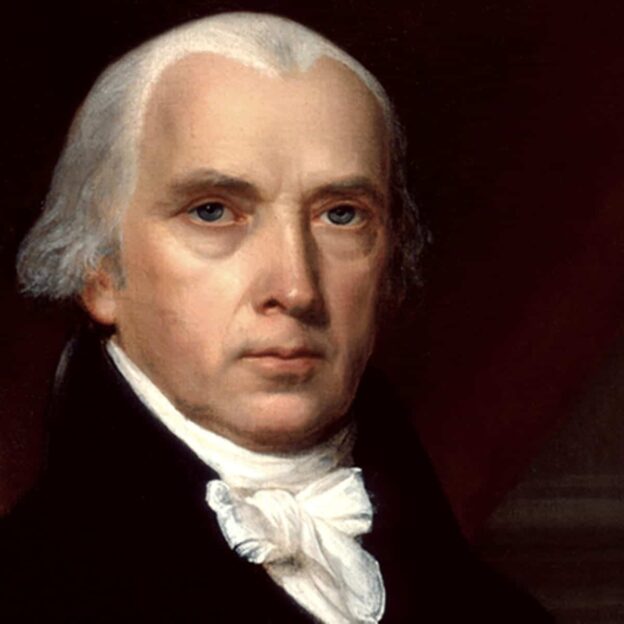Congress mandates all public educators teach about the U.S. Constitution each September 17th. How and what the Framers’ debated about religion two centuries ago is of unique importance to students today.
“Congress shall make no law respecting an establishment of religion, or prohibiting the free exercise thereof,” begins two religion clauses of the First Amendment. The Establishment Clause prohibits the United States government from favoring one religion over another. The Free Exercise Clause protects the inherent right for citizens to express their belief or no belief as they choose, as long as it does not violate the rights of others.
How did this become the law concerning religion in the United States? When the First Federal Congress convened in New York City in 1789 to debate adding a Bill of Rights to the newly created Constitution, the congressmen considered how to define the relationship between the United States federal government and religion. Should the federal government be allowed to create laws that touch on religion, even though the states already had their own laws concerning religion? If so, should the regulation be the same for all the states in the Union? This course will explore these questions and more.
The Framer’s Debates on Religion is an online module designed for high schoolers (grades 9–12) and college students. It can also be used in physical classrooms, emphasizing the civil dialogue modeled by the founding congressmen as they debated and proposed changes to the text of what ultimately became the First Amendment. The module relies on historical debates in the U.S. House of Representatives as well as digitized archives from the Quill Project at the University of Oxford, the Library of Congress, National Archives, and National Constitution Center.






